I am creating a simple circuit in order to amplify the signal from an electret microphone and then add a 2.5V bias to the signal. The problem I'm having is that the signal from the mic is distorted as it leaves the op amps.
With an oscilloscope I have measured the signal from the microphone when exposed to 440 Hz sound and the wave looks like a perfect sine just as expected.
However once the signal passes the part of the circuit to amplify the signal the sine wave starts to get slightly distorted.
After the signal has passed the circuit of the inverting summing amplifier the signal gets even more distorted.
This is the circuit I use to amplify the signal:
This circuit leads to a 20 uF capacitor and is then followed by the following circuit to add the 2.5V DC bias:
where all resistor values are the same. This circuit uses the same LM324 as the amplification part of the circuit.
The resulting waves at 440 Hz look as follows:
This is after both the amplification and the summation. The distortion of the sine wave starts happening after the amplification, and gets more obvious after the summing op amp.
I have no idea what can cause this and hope somebody can point me into the right direction.



